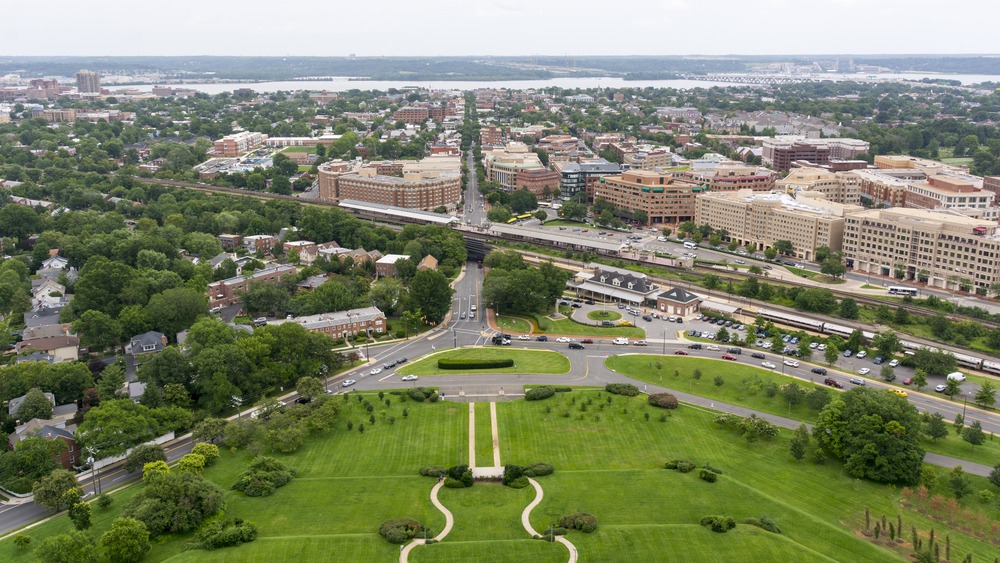Discover The Charms Of Alexandria, VA
Discover Alexandria, VA: A Historic City with Timeless Charm

Alexandria, Virginia, located just south of Washington, D.C., along the western bank of the Potomac River, is a city rich in American history and full of contemporary vibrancy. This detailed exploration covers the city’s historical background, geographical features, key landmarks, and demographic statistics.
Alexandria was founded in 1749 and quickly became an important port city due to its strategic location along the Potomac River. The city played significant roles during the American Revolutionary War and the Civil War, serving as a major supply depot and transportation hub. Over the centuries, Alexandria has preserved much of its historic character while evolving into a bustling, modern city. Its Old Town, with its well-preserved 18th and 19th-century architecture, cobblestone streets, and significant landmarks, draws visitors from around the world.
Geographically, Alexandria is characterized by its riverfront location which offers scenic views and a natural boundary to the east. The city covers approximately 15 square miles and features a mix of urban and suburban settings. Its proximity to the nation’s capital has influenced its development and demographic profile, making it an integral part of the Metropolitan Washington area.
Key landmarks in Alexandria are plentiful and tell the story of the city’s rich past and vibrant present. The historic district of Old Town is the heart of Alexandria, featuring the Torpedo Factory Art Center, a naval munitions factory turned artist studio, and the bustling King Street, a mile-long walk with shops, restaurants, and historical sites. Other significant landmarks include the George Washington Masonic National Memorial, inspired by the ancient lighthouse of Alexandria in Egypt, and Mount Vernon, the famed estate of George Washington located just south of the city limits.
Demographically, Alexandria is a diverse and dynamic community. According to recent statistics, the city has a population of approximately 160,000 residents. The community is known for its high level of educational attainment, with a significant number of residents holding advanced degrees. This educational background supports a workforce engaged in professional, scientific, and technical services, along with public administration and education. The city’s demographic diversity is reflected in its cultural events, cuisine, and the arts, contributing to its reputation as a cosmopolitan urban center.